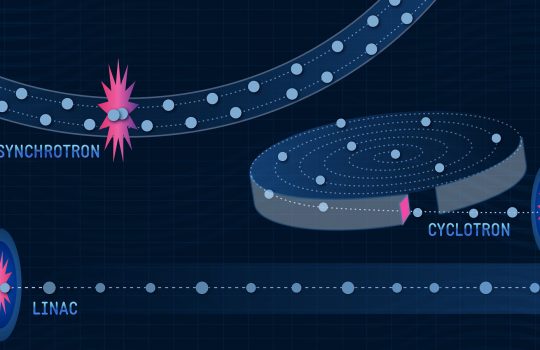Synopsis: Testing quantum physics with neutrinos
From Physics, July 26, 2016: A team at MIT analyzes data from Fermilab’s MINOS neutrino experiment. The results rule out a class of realist models in which the evolving system does not depend on any “memory” of its initial state.



